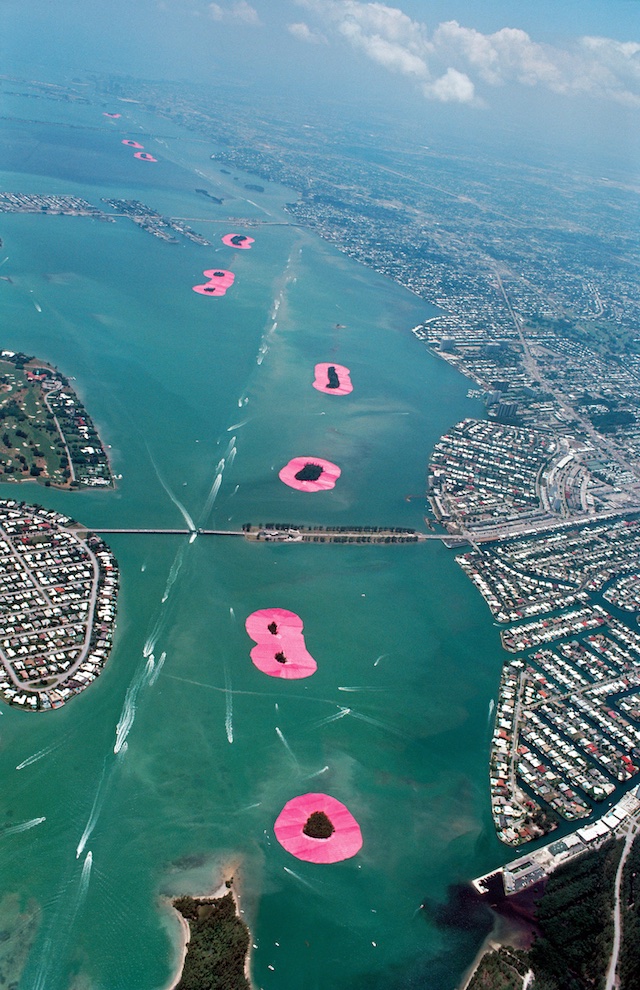Notes from Oil: A Beginner’s Guide (2017) by Vaclav Smil:
* In 2016 motor and aviation gasoline accounted for a third of global refinery throughput. The US share of global gasoline consumption was about 41% of the total, or more than 1,200kg/capita: the country now consumes more gasoline than the combined total for the EU, Japan, China and India.
* Nearly two-thirds of the world’s refined products are now used in transportation (roughly 2.5Gt in 2005) and in the US that share is now more than 75%. Transportation’s dependence on liquid fuels is even higher: in 2015 about 93% of all energy used by road vehicles, trains, ships and planes came from crude oil.
* In 1900 American farmers needed an average of about three minutes’ labor to produce 1kg of wheat, but by the year 2000 the time was down to just two seconds and the best producers now do it in one second.
* The second most voluminous non-fuel use of a refined petroleum product is asphalt.
* Only about 20% of diamonds are sold to the jewellery trade; most of the rest go into drilling for hydrocarbons and metallic ores.
* Record US well depths reached with rotary rigs increased from 300m in 1895 to more than 1.5km by 1916; the 3km mark was reached in 1930, the deepest pre-WWII well was 4.5km (in 1938) and the 6km mark was surpassed in 1950.
* The average depth of new US exploratory oil wells increased from about 1,460m during the 1950s to nearly 2,300m during the first decade of the twenty-first century.
* Fracking fluid is about 90% water. Most of the rest is sand, and additives (hundreds of substances have been tried) usually make up less than 0.5% of the volume but they contain a mix of chemicals (acids, corrosion inhibitors, gelling agents, surfactants, biocides) that should never be allowed to contaminate drinking water. Usually this is not a problem as fracking takes place far below the aquifers, and steel and cement in properly finished wells should prevent any contamination closer to the surface.
* Moving Alaskan oil 3,800km by tanker from Valdez to Long Beach in California requires energy equivalent to only about 0.5% of the transported fuel. And a 300,000dwt supertanker needs an equivalent of only about 1% of the fuel it carries in order to travel more than 15,000km from Ra’s Tanūra, the world’s largest loading oil terminal on the Saudi coast of the Persian Gulf, to the US East Coast.
* By far the largest oil storage is the US Strategic Petroleum Reserve that began to fill in 1977 with imported Saudi oil. Crude oil is stored deep underground in four massive salt caverns along the Texas and Louisiana Gulf Coast. The maximum capacity is 713.5Mb and the reserves stood at 685Mb in June 2017, representing about 10% of US annual oil consumption.
* The chances of ending the fossil fuel era in a matter of two or three decades appear quite unrealistic: in 2017 the world derived about 85% of its primary commercial energy from the combustion of fossil carbon.



